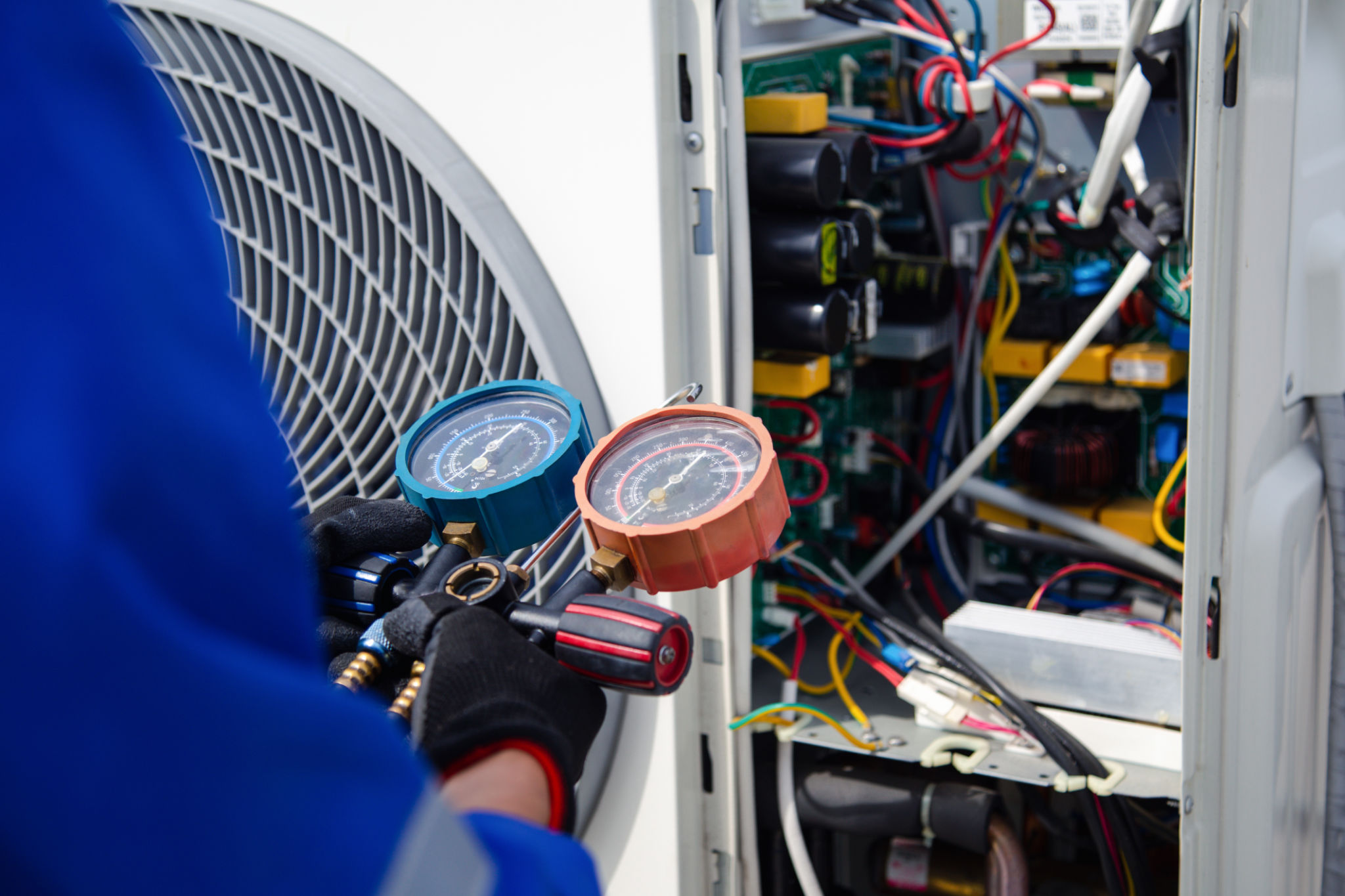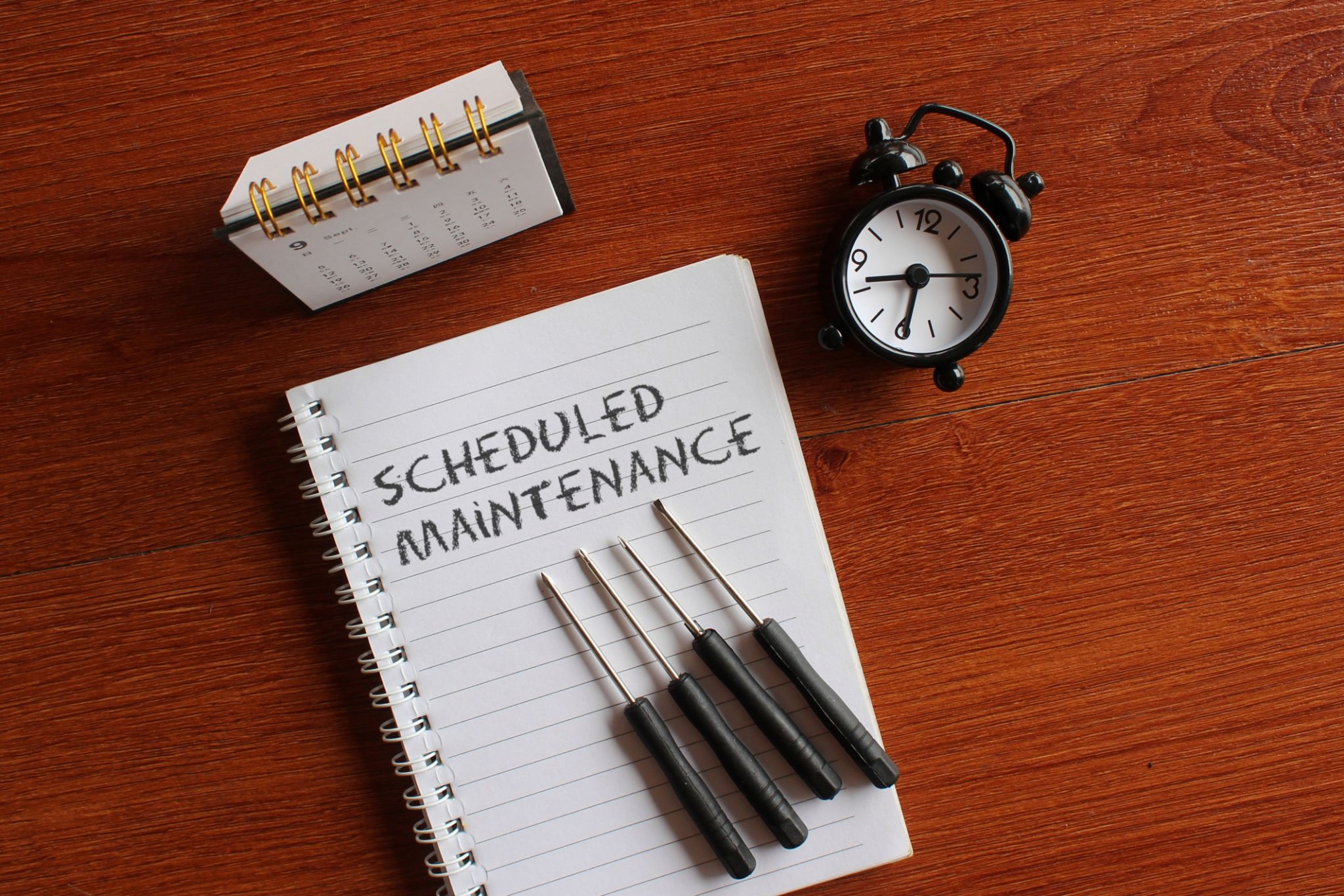Preparing Your Historic Building for Seasonal Changes: Essential Maintenance Tips
Understanding the Unique Needs of Historic Buildings
Historic buildings are treasures that offer a glimpse into the past. However, maintaining them can be a challenge, especially when preparing for seasonal changes. Unlike modern structures, historic buildings often require specialized care due to their age and unique architectural features. Understanding these needs is the first step in ensuring their longevity.
Each season brings its own set of challenges. From the cold, wet winters to the hot, dry summers, it's crucial to be proactive in addressing potential issues that can arise. With the right maintenance strategies, you can protect your historic building from the elements and preserve its charm and character for years to come.

Inspecting and Repairing the Roof
The roof is one of the most critical components of any building, especially historic ones. Regular inspections can help identify potential problems such as missing shingles, leaks, or structural damage. Before winter sets in, ensure that the roof is in good condition to prevent water infiltration and damage.
Consider hiring a professional with experience in historic buildings to perform repairs. This ensures that the integrity of the structure is maintained while addressing any issues. Additionally, clearing gutters and downspouts is vital to prevent water buildup and potential damage to the building's foundation.
Addressing Windows and Doors
Windows and doors in historic buildings can often be drafty, which not only impacts energy efficiency but also the building's overall comfort. Check for gaps and apply weather stripping or caulking where necessary. Repairing or replacing worn-out seals can significantly reduce drafts and help maintain a stable indoor temperature.

Protecting Exterior Surfaces
The exterior surfaces of historic buildings can suffer from wear over time. Regular cleaning and maintenance can help protect materials such as wood, brick, or stone from environmental damage. Consider applying a protective sealant where appropriate to shield these surfaces from harsh weather conditions.
Pay particular attention to any areas that show signs of deterioration. Addressing these issues promptly can prevent more extensive damage and costly repairs in the future. Remember, preserving the original materials is essential to maintaining the building's historical integrity.
Maintaining Heating and Cooling Systems
Efficient heating and cooling systems are vital for maintaining a comfortable environment inside a historic building. Regular maintenance checks should be conducted to ensure these systems are functioning correctly. Clean or replace filters as needed and address any mechanical issues before they escalate.

Ensuring Proper Drainage
Proper drainage is crucial for protecting historic buildings from water damage. Inspect the foundation and surrounding landscape to ensure water is directed away from the building. Consider installing or maintaining drainage solutions like French drains or rain gardens to manage excess water effectively.
Regularly check basement areas for signs of moisture or leaks, and address any issues immediately. Adequate drainage not only protects the building but also helps maintain its structural integrity over time.
Creating a Seasonal Maintenance Schedule
Developing a comprehensive maintenance schedule is essential for effectively managing your historic building's needs throughout the year. This schedule should include regular inspections, necessary repairs, and preventive measures tailored to each season's challenges.

By staying proactive and addressing potential issues before they become major problems, you can ensure that your historic building remains a cherished landmark for generations to come. Remember, the key to preserving history is ongoing care and attention to detail.